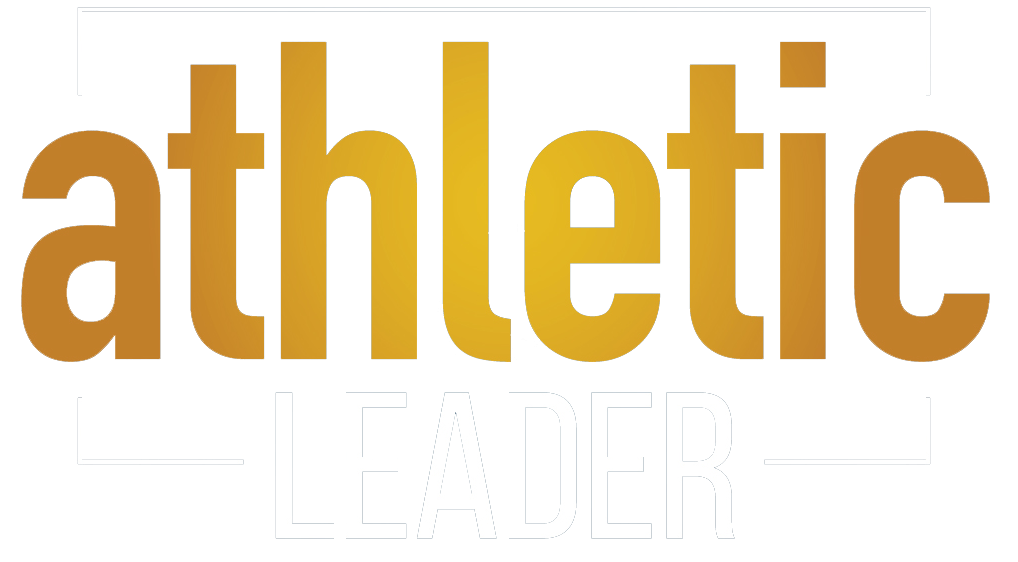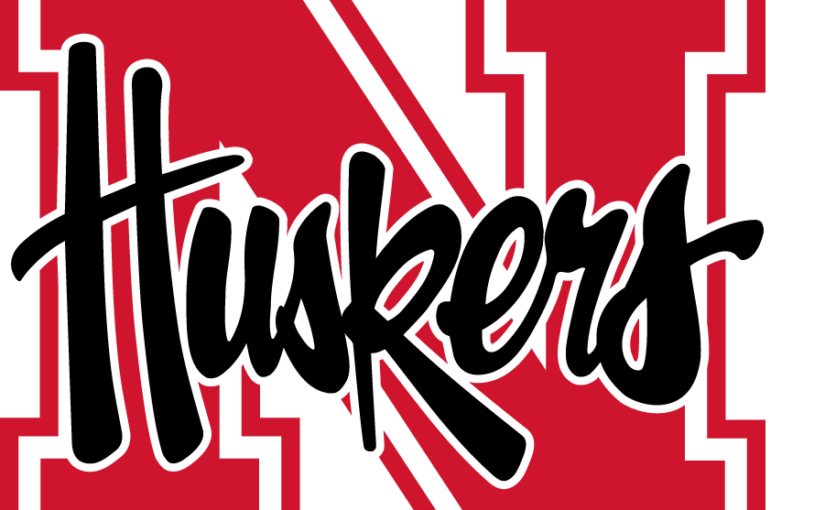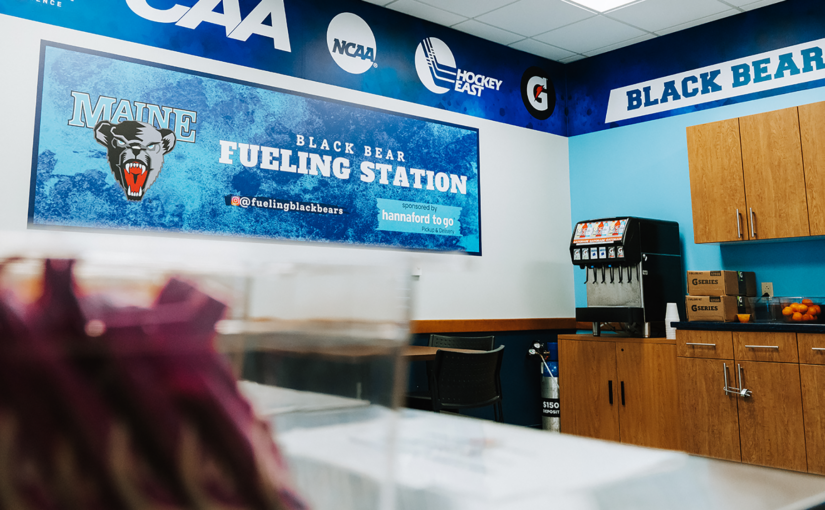How To Gain Buy-In & Support For Your Strength & Conditioning Program
Being a high school strength & conditioning coach is one of the most rewarding careers a person can have. We have the opportunity to not only make young people healthier, stronger, and faster but also can instill lifelong values of hard work, overcoming adversity, teamwork, perseverance, and the ability to become the best at getting better in everyone we can coach and connect with.
Even with all those intrinsic benefits, we get as coaches at the high school level, many coaches in this profession still have issues they often have to deal with. These issues range from:
- Sport coaches not trusting their strength coach and wanting to run their own strength program for their team.
- Parents of student-athletes not believing in the strength coach and wanting to tell them how best to do their job.
- Student-Athletes not wanting to train at their school, believe that more is better, and want personal training from a private sector coach.
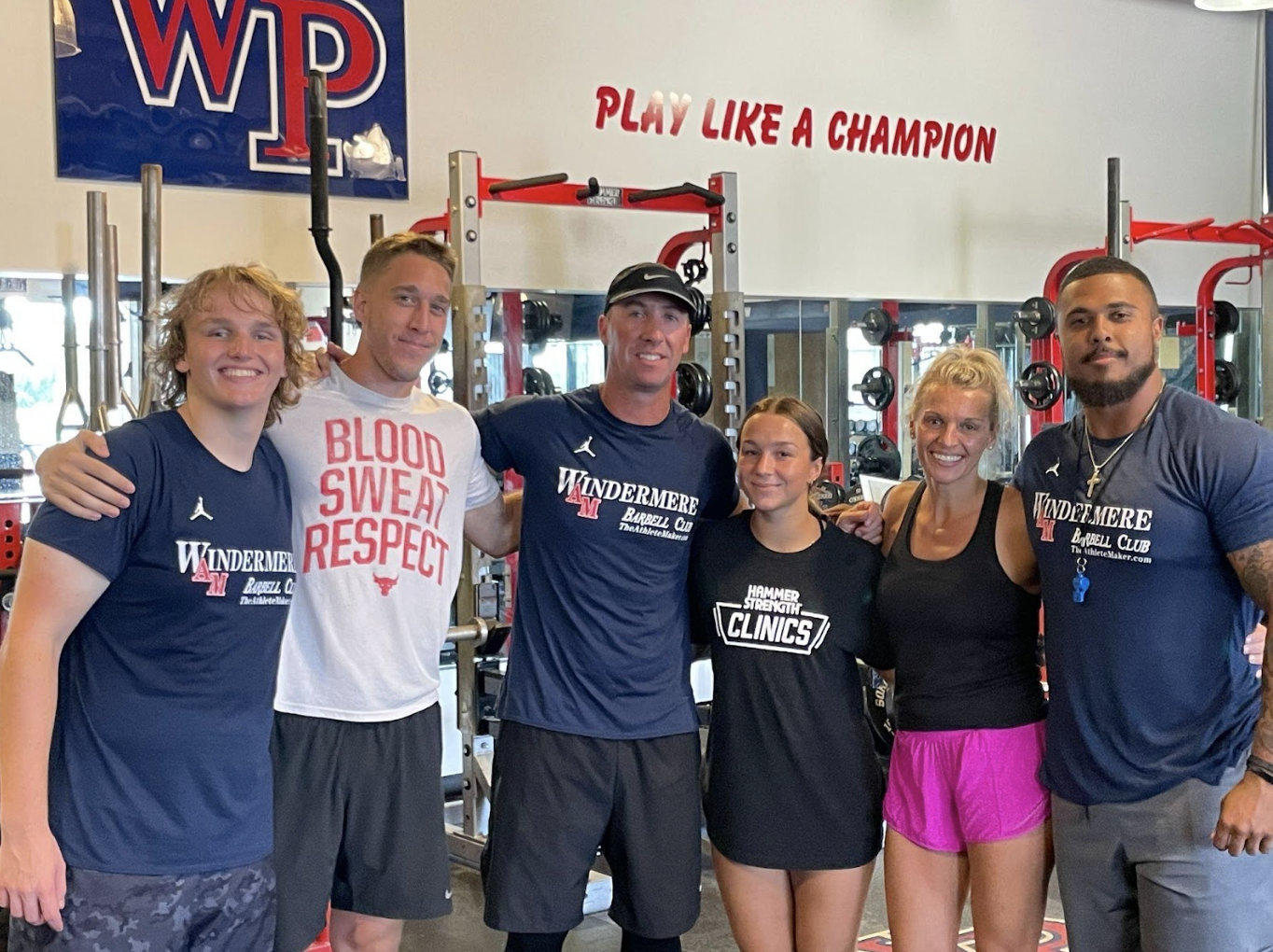 In this article, I will outline ideas and principles I have used to not have to face these common issues as regularly.
In this article, I will outline ideas and principles I have used to not have to face these common issues as regularly.
Have Core Values & A Philosophy For Your Program — Be Ready & Able To Explain It
When meeting with the head sport coach, I wanted to convey how I can best help their team be successful. When meeting with the parents of student-athletes, I had to convey how I can help maximize the potential of their son or daughter in their sport and life.
I came to my current school after being awarded the National High School Strength Coach of the Year in 2016 and being named a state coach of the year twice. This held some weight, but I still had to prove to everyone that I would be best for their team, their child, and them personally. Some coaches may shy away from these conversations, but if we can embrace them, the support will come much quicker.
I continue these conversations with our head sport coaches today, as well as the parents and my student-athletes. I want them to always understand the why behind my programming.
We base our training around our five core values. Those values are:
- Protect — Every movement in the weight room is designed to protect the student from being injured in sports, the weight room, and in everyday life
- Move Well — Students will be able to perform fundamental movement patterns with adequate mobility and stability that will lead to a healthy, well-rounded lifestyle.
- Move Strong — Students will perform multi-joint weight training exercises to develop a foundational strength base needed for optimal performance in all areas of life. Movements will progress and regress according to a variety of factors including age, movement competency, and trust level.
- Move Fast — Our linear speed, reactive agility, and deceleration training will enable the student to move fast in competition.
- Thrive — Students will develop skills that will translate to improved sport performance, a lifetime of wellness, and the ability to overcome obstacles and maximize their potential in all areas of life.
At the middle and high school levels, a strength and conditioning coach has many challenges. One of those is to break their athletic development program into different blocks or levels. There is a huge difference between training a 13- or 14-year-old freshman versus an 18- or 19-year-old senior. There are several factors to consider when determining how to differentiate your program to meet each student-athlete where they are. These include birth-year age, developmental age, and training age.
We also have our student-athletes fill out questionnaires about themselves. This allows me to get to know them on a more personal level. Those questions can range from anything but some of my favorite ones are:
- Who do you look up to and why?
- What is one thing most people don’t know about you?
- What are the 3 most important things in your life?
- How do you like to be coached?
Have An Open Door Policy For Coaches, Parents & Community
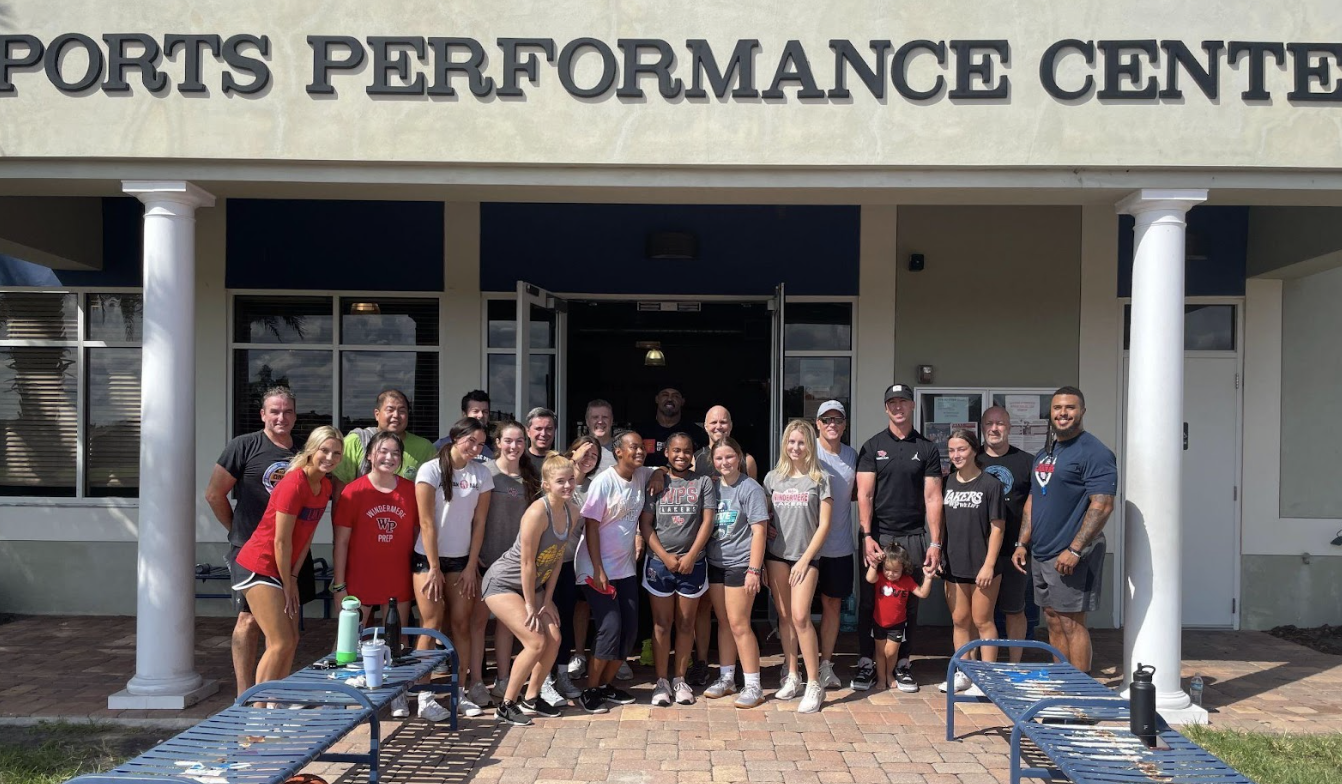 My goal as the strength coach is to put the head coach’s athletes in a position to be the strongest, fastest, most explosive, and most durable athletes for their sport. Therefore, I plan to be the head coach’s biggest competitive advantage. Additionally, I know that I am not controlling the athletes playing time or who makes varsity and who does not, the head coach is ultimately deciding that. So I want the head coach to also have a presence in the weight room during their team’s workouts. I do not want them to think that the weight room is my domain, I want them in the weight room with me, because if they show their athletes that it is important to them, then it will be important to the athletes as well.
My goal as the strength coach is to put the head coach’s athletes in a position to be the strongest, fastest, most explosive, and most durable athletes for their sport. Therefore, I plan to be the head coach’s biggest competitive advantage. Additionally, I know that I am not controlling the athletes playing time or who makes varsity and who does not, the head coach is ultimately deciding that. So I want the head coach to also have a presence in the weight room during their team’s workouts. I do not want them to think that the weight room is my domain, I want them in the weight room with me, because if they show their athletes that it is important to them, then it will be important to the athletes as well.
A complaint from many high school coaches is that the parents of their student-athletes do not trust their programming in the weight room. Something that has helped me is inviting parents in to train with you. At my previous school, we held what we called “Falcon Family Bootcamps.” The parents and their kids (my students) would come and train with me in the evenings. At my current school, we hold what we call a “Morning Machine Workout” group for parents. Even though the program design is much different than how we train the student-athletes, their parents getting to know me and my personality has gone a long way for them to believe that I have their son or daughter’s best interest in mind.
Another way we have instituted an open door policy in our strength and conditioning program is every year we host a Dads & Daughters Lift. On the weekend we have our female athletes invite their fathers to a workout that is designed by me. While I design the workout, the daughters help to coach their dads through the workout. This is a great time for me to get to know the fathers and the fathers to get to know me as a person and a coach. Additionally, it’s amazing to see the interactions between the dads and daughters.
We also hold a community workout to support a worthy cause. Last Thanksgiving, we hosted a community workout where attendees brought canned goods or gift cards in to benefit needy families for Thanksgiving. This was a great way for more of our parents and community to get a glimpse into our strength program and meet our coaches and it was a way for athletes to learn that the weight room can be about much more than just becoming bigger, stronger and faster.
Finally, anyone who has ever run a high school weight room probably has struggled with having upwards of 40, 60, or even 100 student-athletes in the weight room at the same time. How can one coach properly supervise and coach this many athletes at one time? We love to get our sport coaches in the weight room to assist us but oftentimes that is not enough. By holding our Falcon Family Bootcamps, Morning Machine Workouts, and Community Workouts, we have been blessed to have parents, current students, and older brothers or sisters who may be in college or out of college want to volunteer in our strength program. This is amazing and allows me to get more “eyes” on our student-athletes in the weight room.
Develop A Trust Level With Your Student-Athletes & Private Sector Coaches
I hear this from many coaches I speak to, “I am having trouble getting my student-athletes to be consistent in our after-school or summer workouts. They want to go to XYZ private gym or personal trainer.”
I think everyone can agree about the countless benefits of training at school surrounded by your teammates. But we also don’t want to discourage our student-athletes from always looking for the best options to become the best.
One of the best ways to tackle this challenge is to develop trustworthy relationships with private sector gyms and coaches in the area. Some of my best friendships in the strength and conditioning industry have occurred through networking with them about student athletes training them. Everyone in this profession wants the athletes they work with to become the best version of themselves. So if our student-athletes also train with private sector coaches, hopefully, it can help them reach their promised land faster.
If myself and the private sector coach are on the same page we can work together to maximize the hours that athlete spends with us. We can have that open line of communication with each other where we know what that student-athlete has done outside of working with us. Therefore we both can fill in the areas that could use extra time and work.
